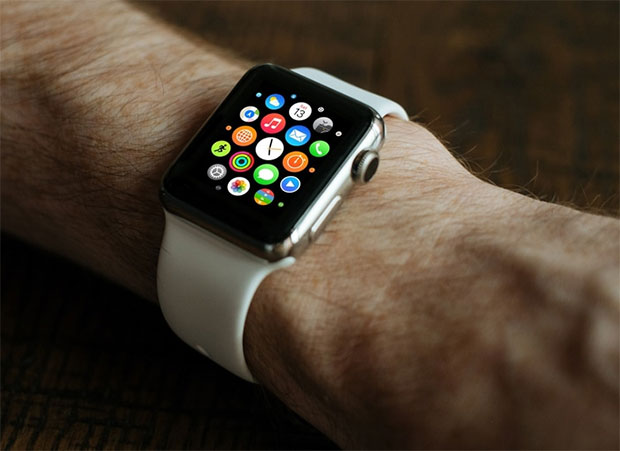Smartwatch Sales Plunge 51 Percent In Q3 As Consumers Search For Killer App
Has the smartwatch fad run its course? That's the question to ask as worldwide smartwatch sales fell off a cliff in the third quarter of 2016. According to market tracking firm International Data Corporation (IDC), smartphone volumes reached just 2.7 million units this past quarter, down over 51 percent from the 5.6 million units shipped in the same quarter a year ago.
IDC called it a "significant decline," though also pointed out that the third quarter of last year was the first time the Apple Watch enjoyed widespread retail availability following a limited online launch. The second generation Apple Watch was only available for the last two weeks of the third quarter, so the timing of those releases could be resulting in misleading shipment figures.

"The sharp decline in smartwatch shipment volumes reflects the way platforms and vendors are realigning," noted Ramon Llamas, research manager for IDC's Wearables team. "Apple revealed a new look and feel to watchOS that did not arrive until the launch of the second generation watch at the end of September. Google’s decision to hold back Android Wear 2.0 has repercussions for its OEM partners as to whether to launch devices before or after the holidays. Samsung’s Gear S3, announced at IFA in September, has yet to be released. Collectively, this left vendors relying on older, aging devices to satisfy customers."
Even so, those factors alone don't explain the big drop. Jitesh Ubrani, senior research analyst for IDC Mobile Device Trackers, says it has become clear that not everyone is interested in the smartwatch category, especially as consumers go in search of that killer app that could turn the tide.
"Having a clear purpose and use case is paramount, hence many vendors are focusing on fitness due to its simplicity. However, moving forward, differentiating the experience of a smartwatch from the smartphone will be key and we're starting to see early signs of this as cellular integration is rising and as the commercial audience begins to pilot these devices," Ubrani said.
Despite posting the second largest year-over-year decline of all participants, Apple still leads the pack in smartphone penetration with a 41.3 percent share of the market, down from 70.2 percent a year ago. Garmin is in second place at 20.6 percent, followed by Samsung at 14.4 percent, Lenovo at 3.4 percent, and Pebble at 3.2 percent. All others account for 17.2 percent combined.
IDC called it a "significant decline," though also pointed out that the third quarter of last year was the first time the Apple Watch enjoyed widespread retail availability following a limited online launch. The second generation Apple Watch was only available for the last two weeks of the third quarter, so the timing of those releases could be resulting in misleading shipment figures.

"The sharp decline in smartwatch shipment volumes reflects the way platforms and vendors are realigning," noted Ramon Llamas, research manager for IDC's Wearables team. "Apple revealed a new look and feel to watchOS that did not arrive until the launch of the second generation watch at the end of September. Google’s decision to hold back Android Wear 2.0 has repercussions for its OEM partners as to whether to launch devices before or after the holidays. Samsung’s Gear S3, announced at IFA in September, has yet to be released. Collectively, this left vendors relying on older, aging devices to satisfy customers."
Even so, those factors alone don't explain the big drop. Jitesh Ubrani, senior research analyst for IDC Mobile Device Trackers, says it has become clear that not everyone is interested in the smartwatch category, especially as consumers go in search of that killer app that could turn the tide.
"Having a clear purpose and use case is paramount, hence many vendors are focusing on fitness due to its simplicity. However, moving forward, differentiating the experience of a smartwatch from the smartphone will be key and we're starting to see early signs of this as cellular integration is rising and as the commercial audience begins to pilot these devices," Ubrani said.
Despite posting the second largest year-over-year decline of all participants, Apple still leads the pack in smartphone penetration with a 41.3 percent share of the market, down from 70.2 percent a year ago. Garmin is in second place at 20.6 percent, followed by Samsung at 14.4 percent, Lenovo at 3.4 percent, and Pebble at 3.2 percent. All others account for 17.2 percent combined.

